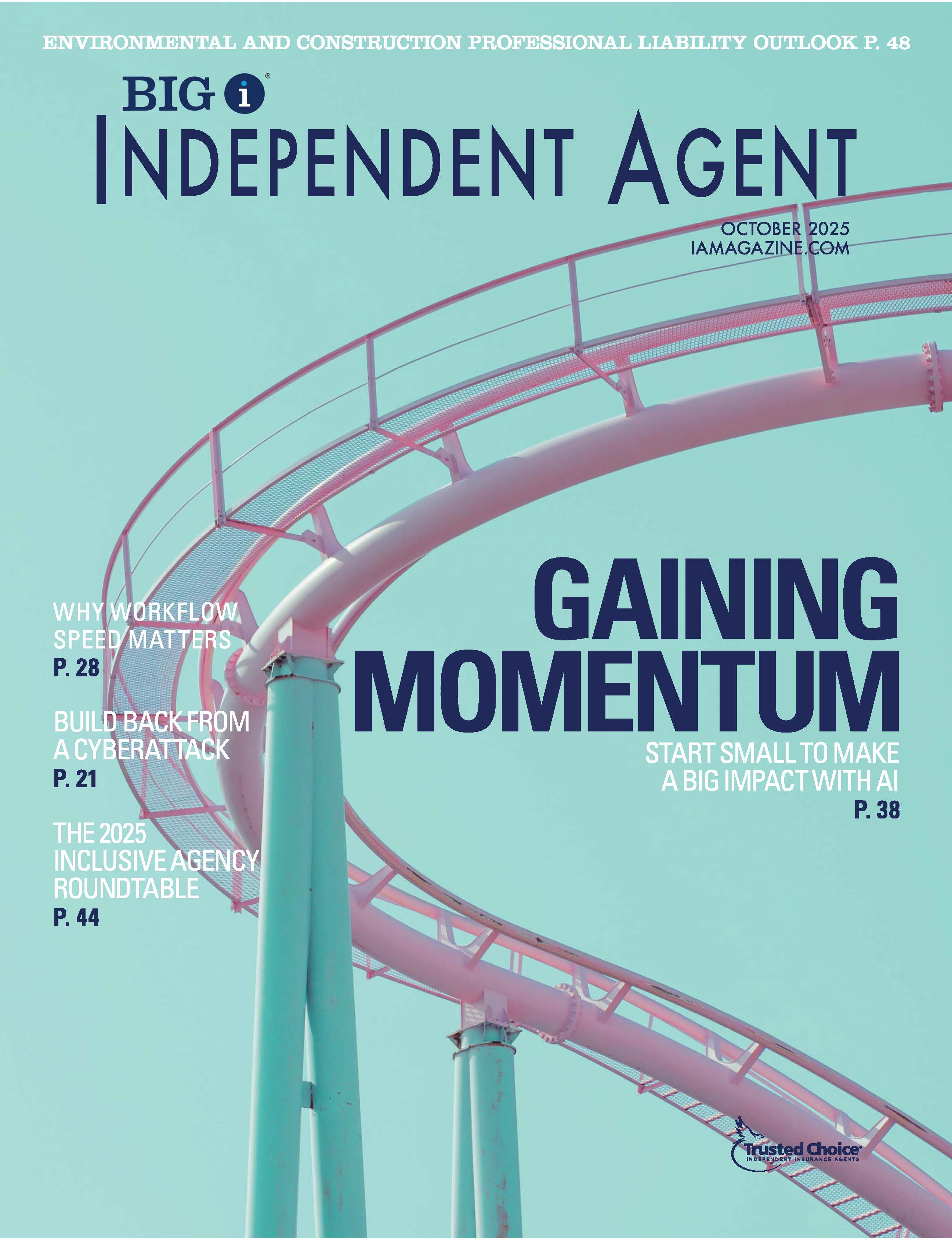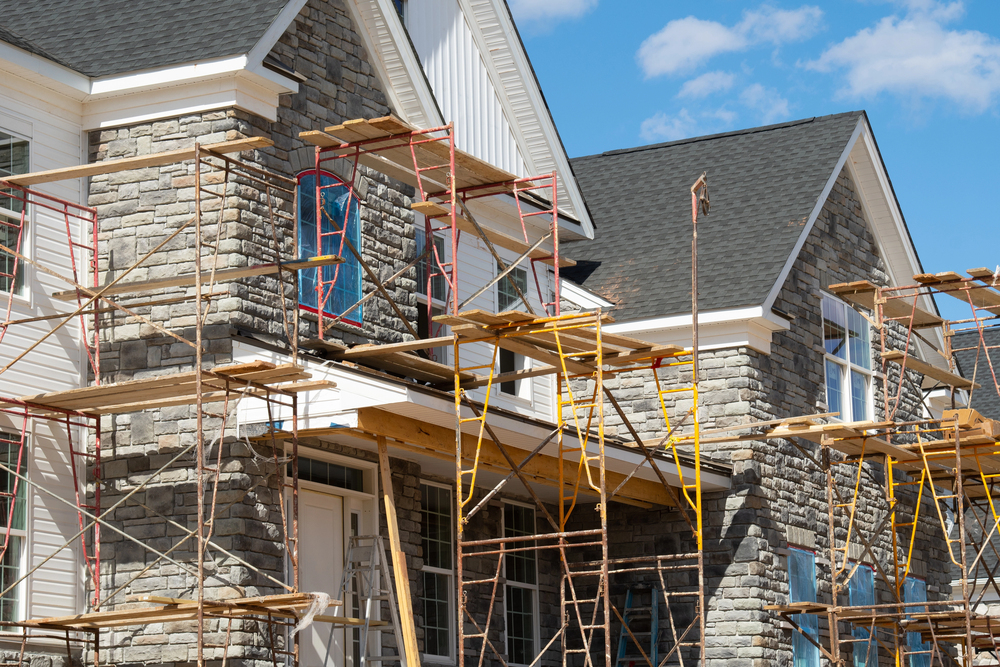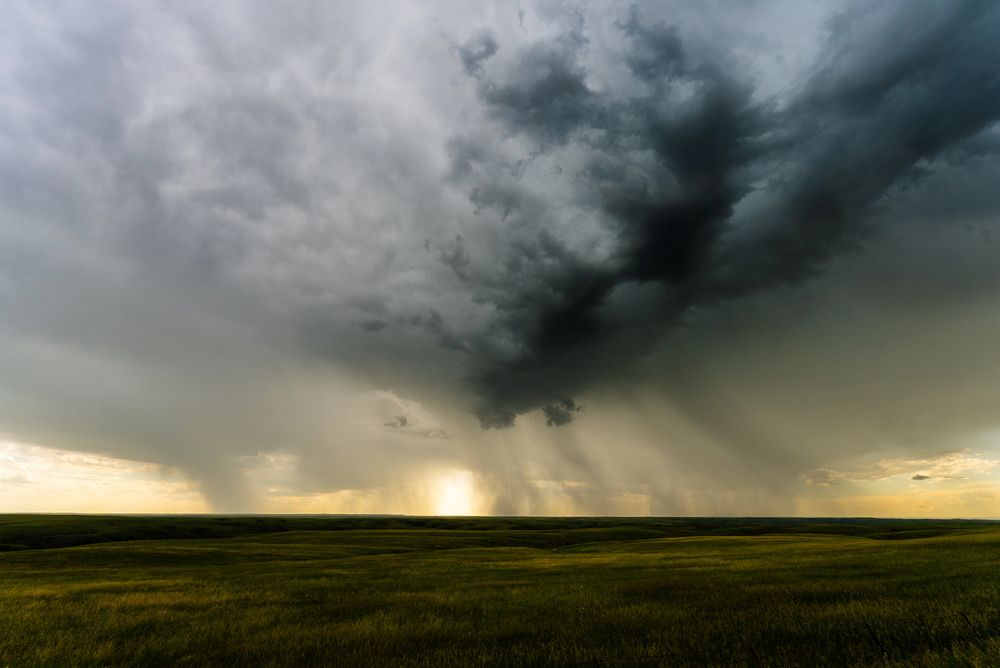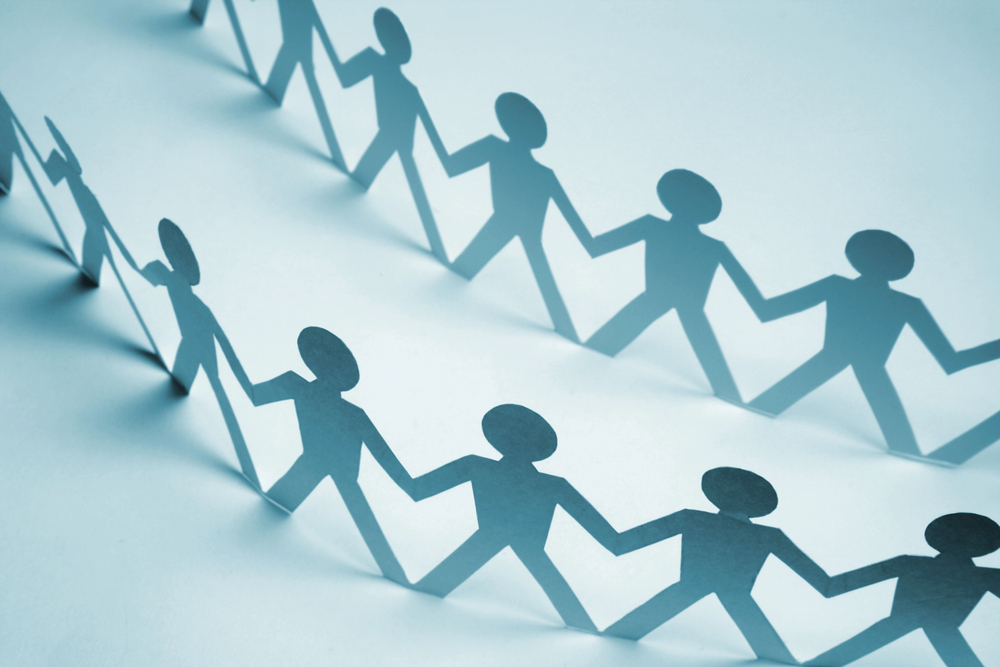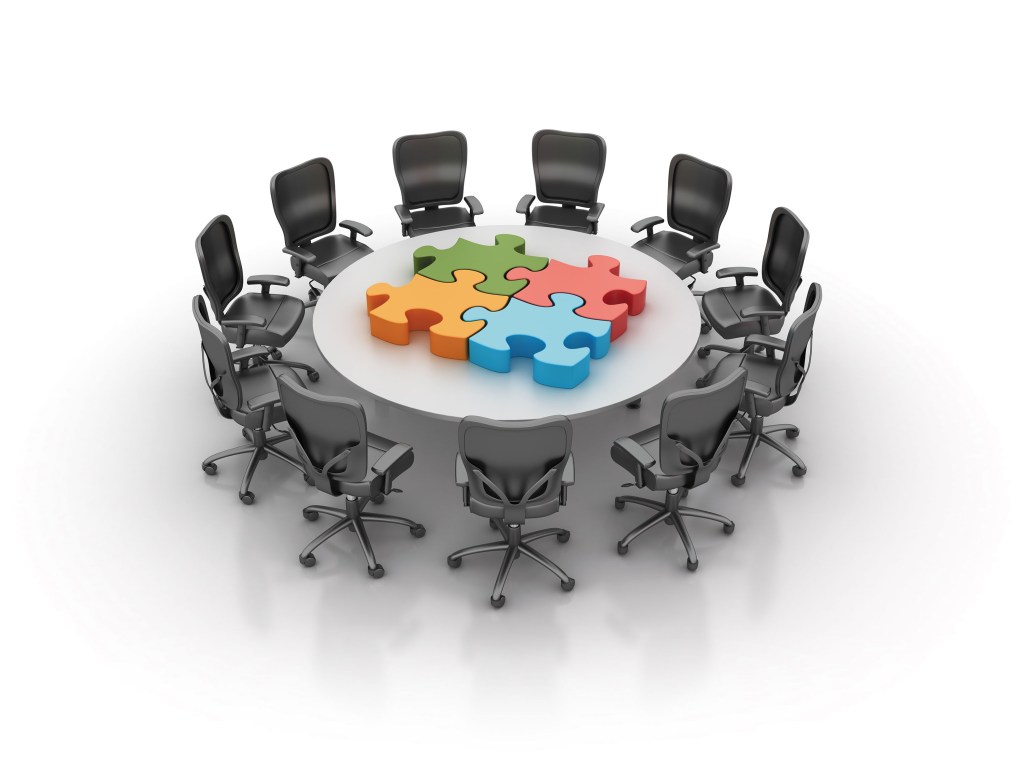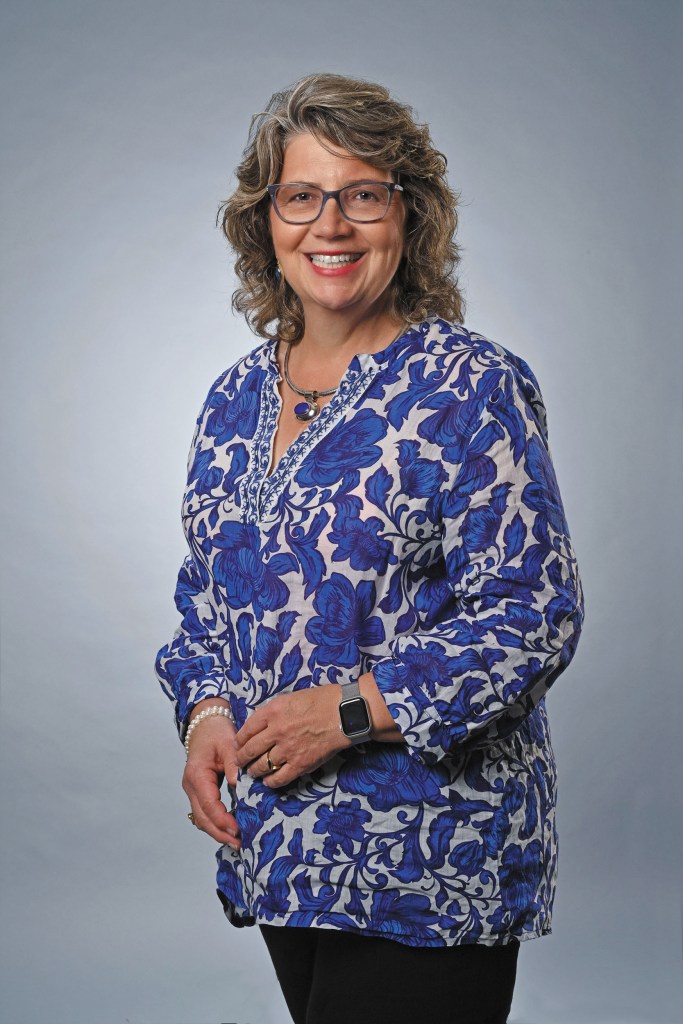Post-Disaster Readiness: The Psychology of Downed Trees
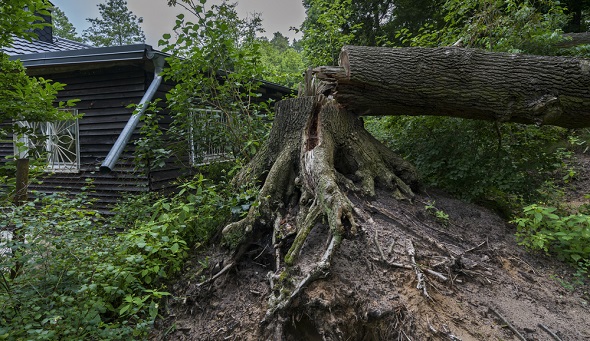
By: Chris Boggs
If you’ve ever experienced a hurricane from inside the walls—personally, I’ve been through four—you were probably just grateful you and your family came out the other side unharmed.
But once the initial relief wears off, your attention turns to your stuff: your house, car and other personal property. The elation of being unharmed fades as the reality takes hold: You have no place to live or car to drive, and your personal belongings have been destroyed.
Following a communal disaster, relief transitions into anger in a snap of the fingers. The same transition occurs following an individual catastrophe, such as a house fire, but in individual losses, it tends to be more gradual.
I’m not a trained psychologist, so I can only speculate on the reason for the timing difference. But my theory is that while most of us have a tendency to despise perceived injustice against others, we’re usually more tolerant of perceived injustice we experience personally. Maybe it’s just me, but when others are hurting, my anger feels more justified and righteous.
According to “Psychological Effects of Emergencies,” an article from the American Museum of Natural History, we go through six psychological stages before, during and after a natural disaster:
1) Warning. The warning is sounded.
2) Impact. The storm hits.
3) Action. People are in survival mode. They’re doing what is necessary to survive; property is of secondary concern.
4) Honeymoon. Victims are relieved the catastrophe has passed with minimal personal injury.
5) Inventory. Reality sets in. As the full effects of the storm are realized, victims begin to take inventory of what they have lost.
6) Recovery. This is the longest phase, marked by the time necessary to recover financially, physically—in terms of recovering rebuilding property—and emotionally.
The anger switch is flipped between the Honeymoon stage and the Inventory stage.
The Inventory Stage
During the Inventory stage, agents can expect to receive phone calls and emails from angry insureds. Here’s a sample of the types of calls you may field following a collective catastrophe:
- “Why haven’t I heard from a claims adjuster?”
- “I haven’t heard anything from my carrier for two weeks.”
- “Where is my check?”
- “Are they going to pay? When are they going to decide?”
- “The adjuster said something about not having the right coverage—what does he mean?”
- “You mean flood wasn’t covered?”
- “Why haven’t you come by to look at the damage?”
- “My neighbor got paid for X—why didn’t I?”
- “When is someone going to get these trees off my roof?”
- “When is the carrier going to remove these trees from my yard?”
- “When can I start rebuilding?”
- “How do I pay for my hotel bills while out of my house?”
- “What about additional food costs?”
Agents may not have all the answers, and there may not even be answers to some questions. But you must be able to deal with the anger regardless.
Knowing the angry calls are coming is the first step toward managing them. The second step is awareness regarding what is happening in the area. Is the CAT team on the ground? How are they proceeding? When might they get to the insured or their neighborhoods? All of this requires knowledge. Attempt to set up communication with the CAT team managers so that you can pass along regular updates to your insureds.
Another key step is developing a simple FAQ sheet for staff to distribute directly to clients. Agents must strive to be the source of information—even on topics that have nothing to do with insurance, such as:
- Where fresh water is available.
- Where people can obtain fuel for generators.
- Which gas stations are open.
- Which stores are open.
Storm victims need to feel some level of control to move past the Inventory stage, and information provides that feeling. Give clients as much information as possible, even if it’s news they may not want to hear, such as losses that aren’t covered or delays in processing. Bad news early is almost always preferable to bad news withheld.
The Recovery Stage
Returning to the level of normalcy that existed prior to the storm may take months or years. Recovery is the longest phase and doesn’t truly end until the insured is back in their permanent living situation.
But even if your insured never loses the use of their home, the recovery period lasts as long as the chainsaws are roaring.
What do I mean by this? Here’s a personal example.
I was away at college in Virginia when Hugo devastated Charleston, South Carolina and traveled up through the lowlands into Charlotte in 1989. But my parents and in-laws both suffered damage from the storm. Although my parents were spared any devastating property damage, every day they lived with the resulting sound of the storm: chainsaws.
Charleston was on the receiving end of Hugo’s most damaging winds. The city lost thousands of trees, and with so many trees blocking roads and driveways, filling yards, and littering neighborhoods, those chainsaw sounds persisted months after the storm. My wife’s brother got married in Charleston two months after, and on his wedding day, I could still hear the chainsaw noise in the distance.
In 1996, Hurricane Fran resulted in the same incredible loss of trees. That time, my neighborhood and home were directly affected. Even though the only insured property damage we experienced was a tree falling on my wife’s car, we were still responsible for cutting up and disposing of a dozen or so downed trees.
Years later, the sound of a chainsaw still reminds me of Hurricane Fran. My dad says the same about Hugo.
Why am I making such a big deal about downed trees and chainsaws? It’s all part of the psychology of the Recovery stage. Lives do not get back to normal until after all the downed trees are gone and the sounds of the chainsaws cease.
As trusted advisers and community leaders, independent agents must be ready to help insureds and others through the phases of storm recovery. They must be patient, knowledgeable and available.
Insurance is a people business, and sometimes, agents deal with people who are hurting, scared or confused. This is not weakness—it’s the psychology of downed trees.
Chris Boggs is executive director of the Big “I” Virtual University.
